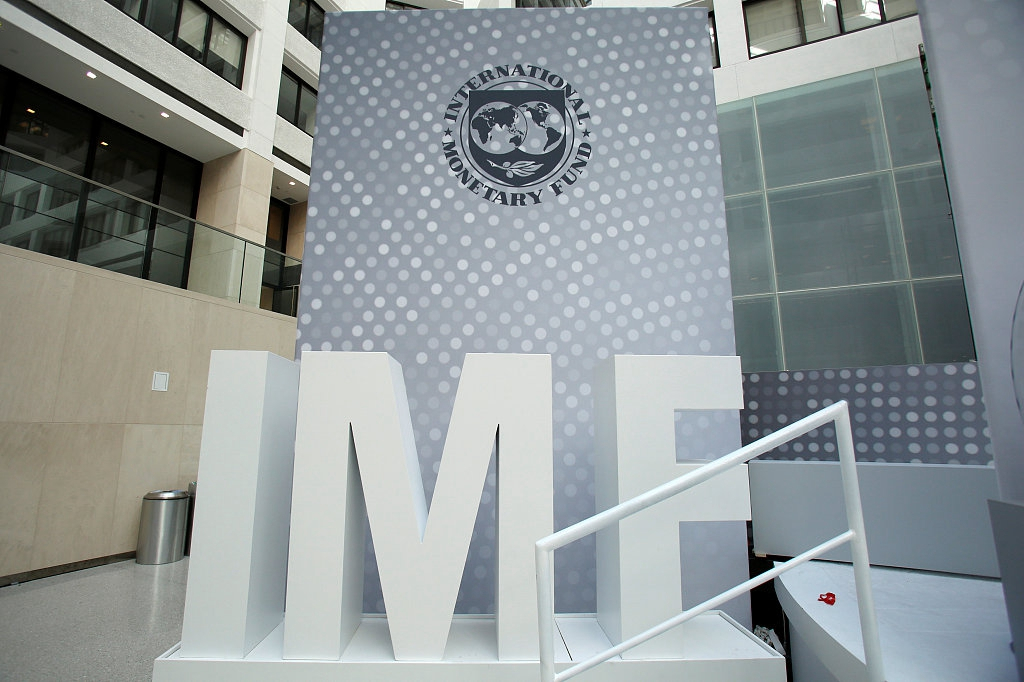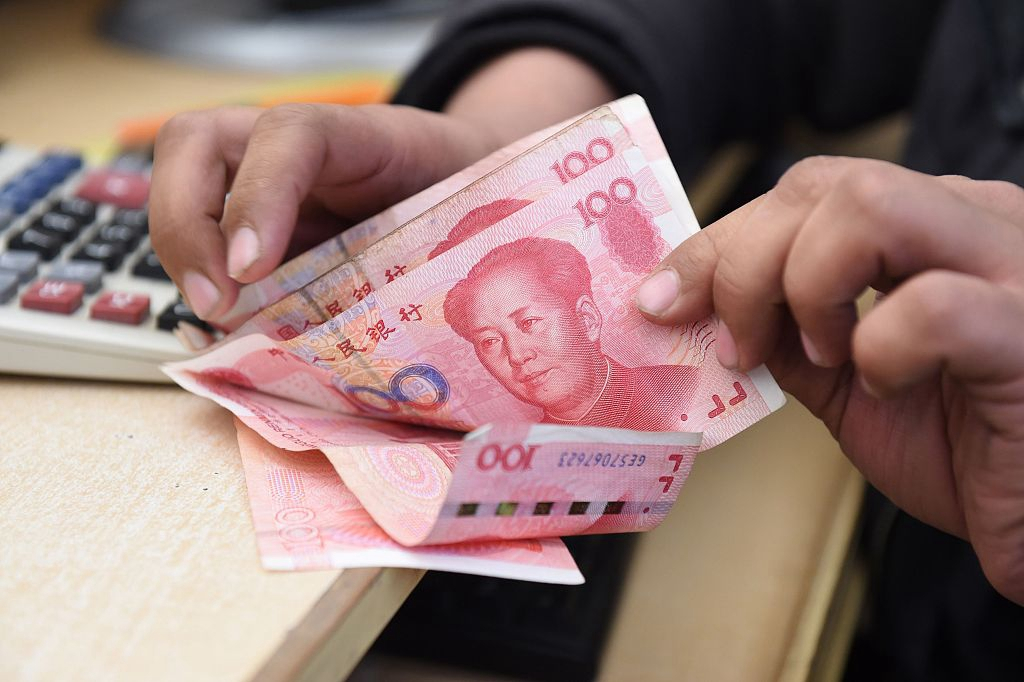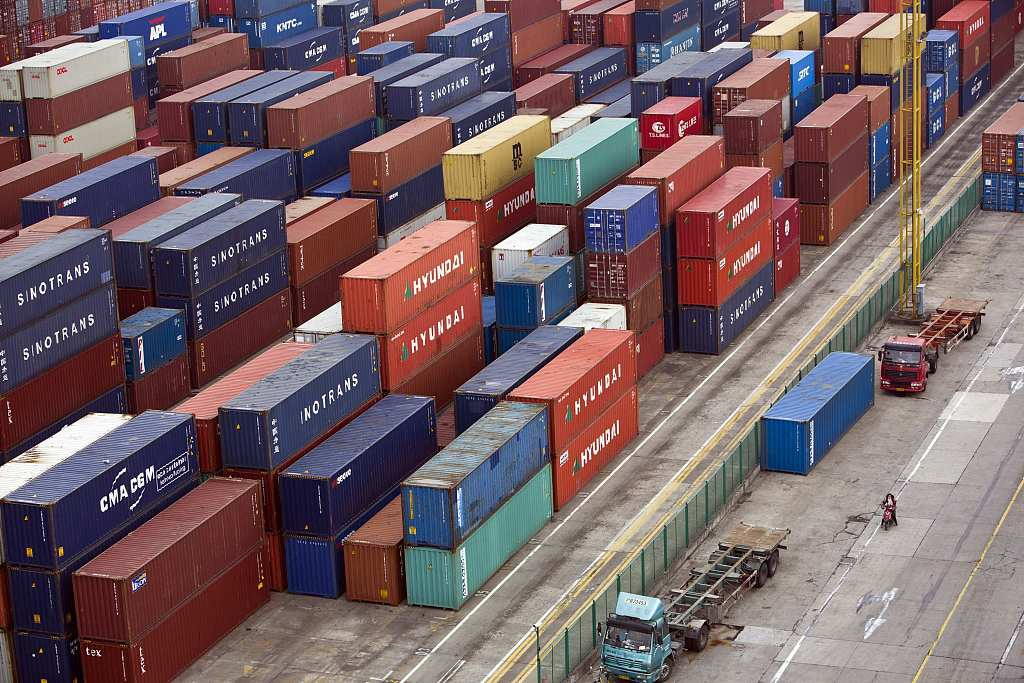
The International Monetary Fund (IMF) on Wednesday said China's 2018 current account data show its economy is now roughly in balance with the rest of the world, a sign that domestic policies aimed at restructuring the economy away from exports and toward consumption have been effective.
According to the IMF's 2019 External Sector Report, China's current account surplus in 2018 stood at 0.4 percent of GDP, down from around 1.4 percent in 2017.
The move toward zero percent is "broadly in line with fundamentals and desired policies," and provides further proof that, in contrast to claims by the Trump administration, China is not unfairly using trade to boost its economy.

VCG Photo
What is the current account?
Put simply, a country's current account shows its net income from trade in goods and services with the rest of the world. Together with its capital account, a measure of an economy's foreign assets and liabilities, the current account shows a country's balance of payments.
If the current account hovers around zero, the economy is roughly in balance – the value of its exports in goods and services are around the same as the value of its imports.
A current account surplus, a figure above zero, shows a country is selling more exports than it spends on imports. Germany, according to the IMF report, has a 7.3 percent surplus that comes from its export-led economic model. The IMF has called on Germany to invest more in infrastructure and boosting growth, rather than sitting on its large cash reserves.
A deficit in the current account means that a country is spending more on imports than its income from exports. The U.S. has a current account deficit of 2.3 percent, and the IMF expects that to widen to 2.6 percent by 2020.
The IMF says the deficit will grow because expected fiscal easing will see U.S. consumers demand more imported products, despite President Trump's protectionist "America first" policies.

VCG Photo
Is a surplus better than a deficit?
Not necessarily. Japan maintained a large current account surplus throughout the 1990s and 2000s, but economic growth was stagnant throughout. Exports brought in a lot of money into the economy, but much of it was invested overseas, while authorities failed to boost domestic consumption.
A trade deficit may sound worse, but again, it's not necessarily an enormous problem.
The U.S. has maintained consecutive trade deficits for decades, thanks to its role as the world's biggest economy and international use of the dollar. Other countries with large trade deficits, like the UK and Australia, benefit by seeing greater inflows of foreign direct investment. However, the IMF, in its latest report, continues to encourage such countries to introduce policies aimed at tackling their deficits.

China's move away from an export-oriented economic model has effectively brought down its current account surplus. /VCG Photo
Why is China's current account balancing out?
China's economy was previously heavily reliant on manufacturing and exporting goods, bringing a lot of money into the economy and resulting in a very large trade surplus. The current account surplus reached a peak in 2007, hitting a level worth almost 10 percent of GDP.
Recognizing that this was not a sustainable long-term economic model, authorities have been encouraging a transition toward greater domestic consumption, more imports from overseas and a greater focus on the services sector.
The development of China's services sector has been one of the biggest factors in reducing the surplus. Chinese tourists traveling overseas were one of the main drivers in China's services deficit, according to Xinhua.
Sustaining the balanced current account level will depend on China's continued pivot toward domestic consumption, less reliance on credit and further growth of the private sector, IMF Chief Economist Gita Gopinath told a press conference.

Copyright © 2018 CGTN. Beijing ICP prepared NO.16065310-3
Copyright © 2018 CGTN. Beijing ICP prepared NO.16065310-3